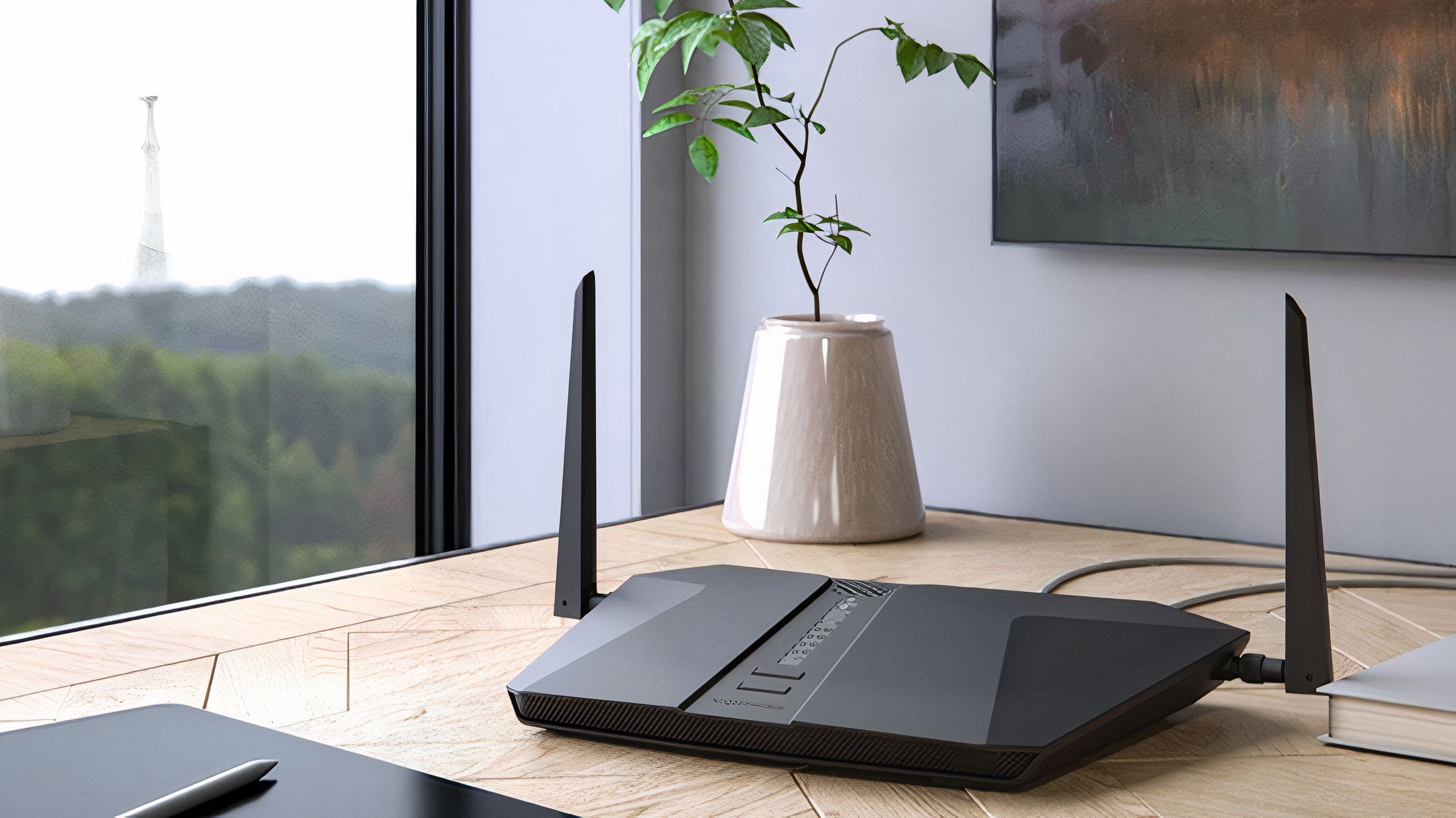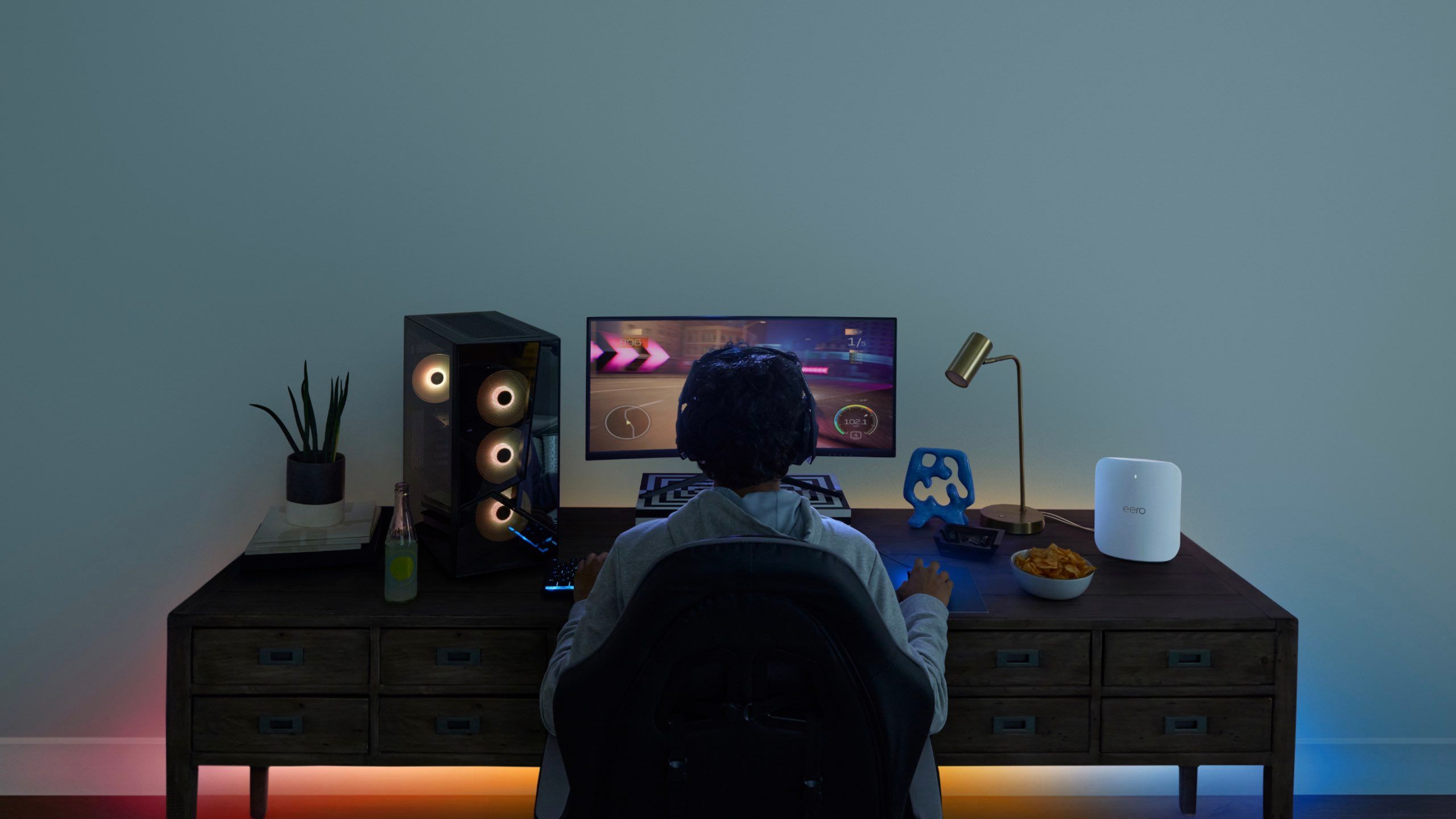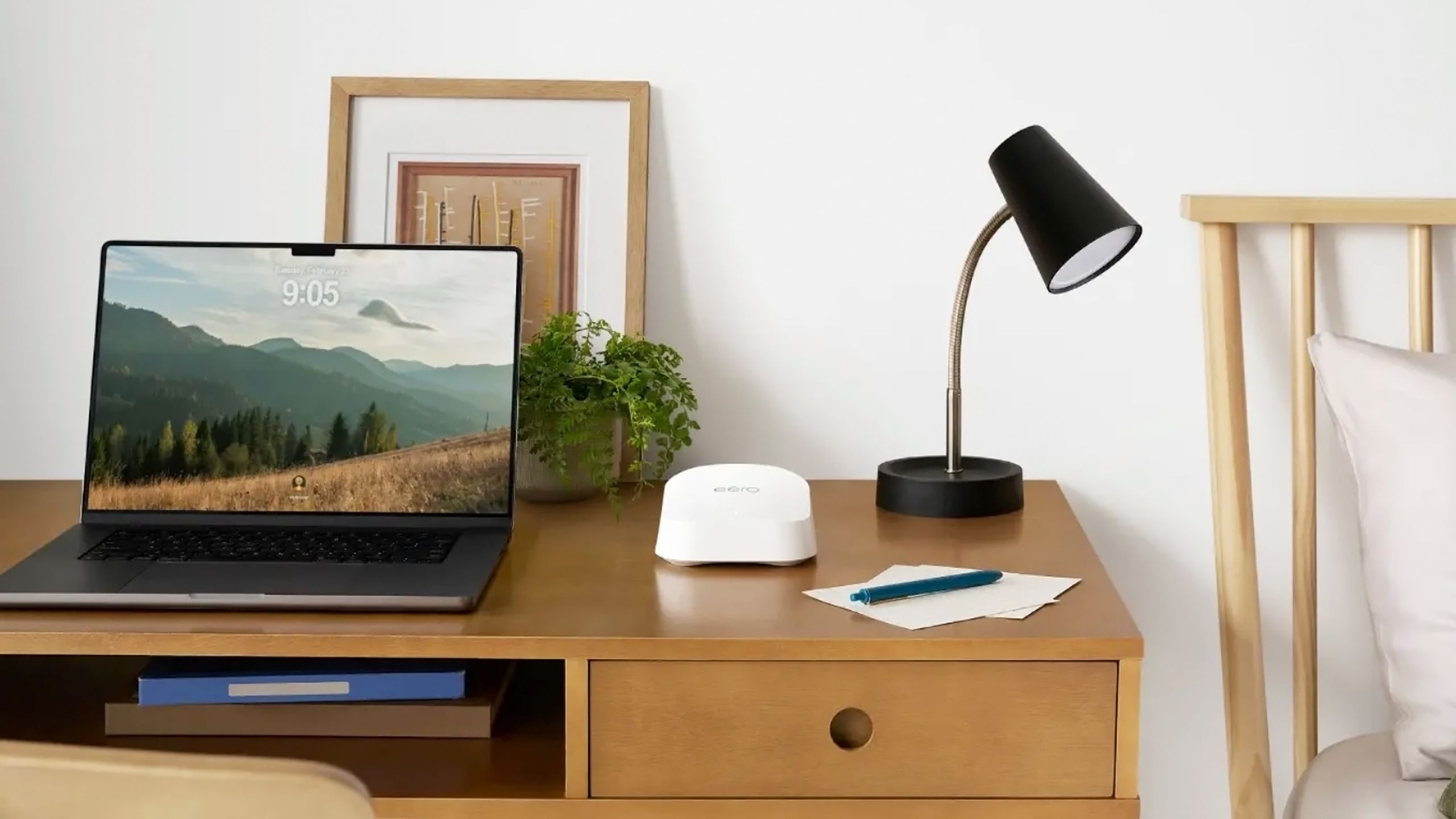Summary
- Wi-Fi 8 is in development, but it isn’t due to be ratified until 2028, which is too long to wait if you’re already considering a router upgrade.
- The focus of the standard is on maximizing Wi-Fi 7’s bandwidth and reliability. You may not gain much if you have a Wi-Fi 7 network that’s already humming along.
- The tech will most benefit people with mesh systems, though there should be some improved reliability if you’ve got a single router.
It can feel like Wi-Fi development is moving at breakneck speed sometimes, but it’s really not if you look at the actual timeline. As current standards go, Wi-Fi 6 first emerged in 2019. Wi-Fi 6E arrived the following year, yet Wi-Fi 7 certification didn’t begin until 2024. And over all of this time, device adoption has been slow — many products still only support Wi-Fi 6, possibly including your home router. 6E and 7 are often treated as cutting edge, no matter that Apple could’ve put 6E in the iPhone 12 if it had wanted to.
Now, Wi-Fi 8 is officially on the horizon. Should you be skipping a Wi-Fi 7 system in your home, whether in the interests of saving money, or getting in on the ground floor of new technology? The answer is no, and not just because of the wait involved. The standard may not be as revolutionary as you’re hoping.
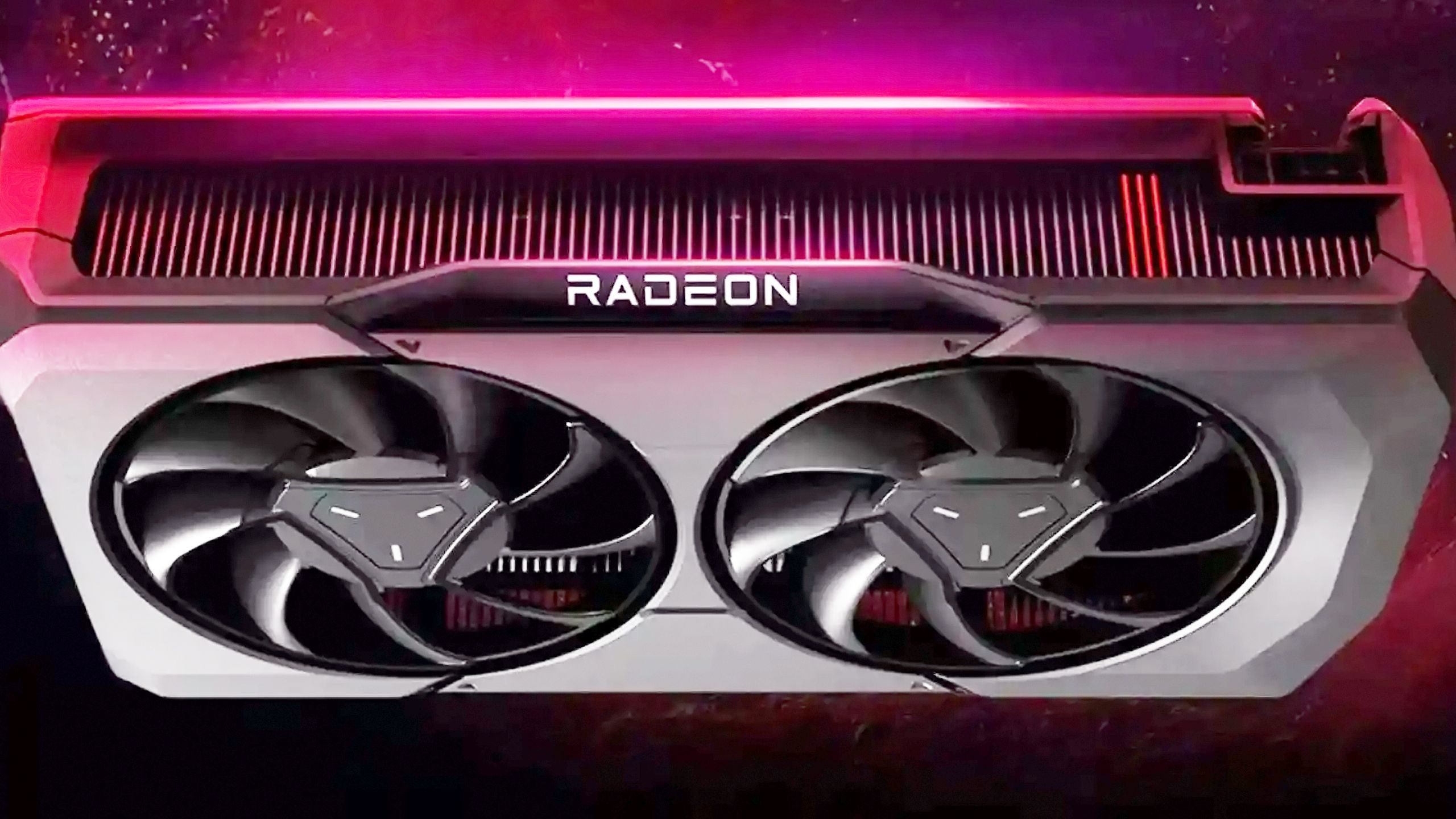
Related
What is VRAM, and why is it so important for gaming?
You don’t need maximum memory to have fun, but there is a minimum.
When is Wi-Fi 8 coming out?
The long road ahead
Netgear
While the technology is in development, it’s not launching anytime soon. The Wi-Fi Alliance — the industry organization that certifies Wi-Fi standards — is still working to define its specifications. That process won’t be complete for some time, and indeed, the current forecast is sometime in 2028.
I wouldn’t expect to find Wi-Fi 8 routers on store shelves until mid-2028 at the earliest.
Remember also that once specs are available, device makers will still have to engineer products to meet them, and get certification to carry the Wi-Fi 8 label. It’s likely that some companies will start designing products before specs are fully solidified — but even so, I wouldn’t expect to find Wi-Fi 8 routers on store shelves until mid-2028 at the earliest.
Delays are always a possibility. There are multiple milestones the standard needs to hit, beginning with a draft 1.0 spec in 2025. We should see 2.0 and 3.0 revisions in 2026, assuming everything goes according to plan.
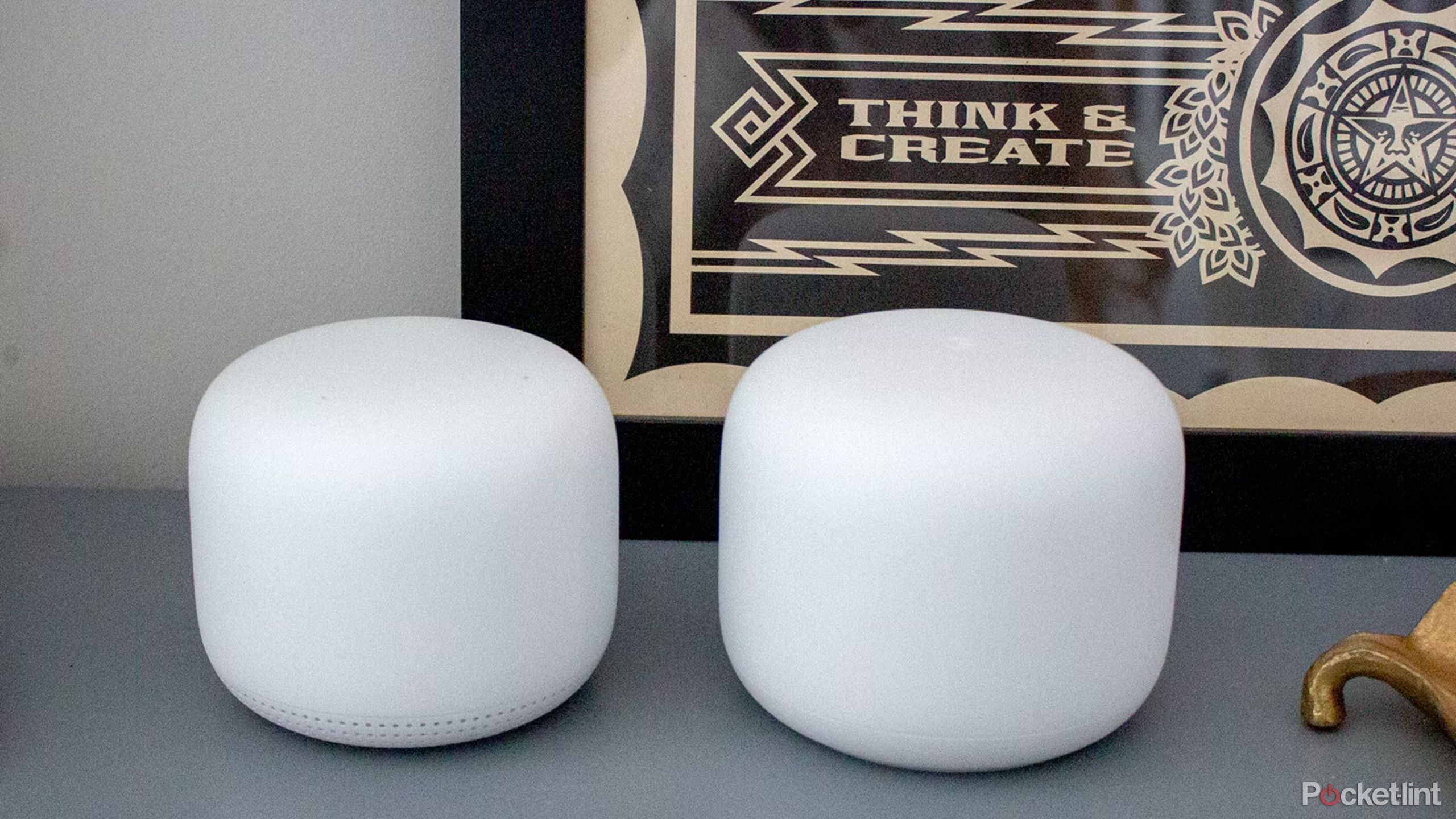
Related
4 ways a cheap router can actually cost you in the long run
Cheap Wi-Fi isn’t worth it if it wreaks havoc on your home network.
Why Wi-Fi 8 is a big deal
Less hare, more tortoise
Eero
Wi-Fi 8 is also known as 802.11bn Ultra High Reliability, and that should tell you quite a bit. The goal isn’t to unlock new possibilities with mindblowing bandwidth limits — rather, it’s about making the Wi-Fi experience more consistent by exploiting its existing potential.
So far, Wi-Fi 8 looks identical to Wi-Fi 7 in terms of raw numbers. Like its predecessor, it will offer eight spatial streams, each clocking up to 2.88Gbps for a grand total of 23Gbps of bandwidth under perfect lab conditions. All of this should be delivered across 2.4, 5, and 6GHz bands, with 320MHz of maximum channel bandwidth. The 6GHz band has been around since Wi-Fi 6E, I should point out.
The goal isn’t to unlock new possibilities with mindblowing bandwidth limits — rather, it’s about making the Wi-Fi experience more consistent by exploiting its existing potential.
Where Wi-Fi 8 will really shine is with features enhancing effective bandwidth. One of these is Dynamic Sub-Channel Operation (DSO), enabling access points (APs) like routers to assign sub-channels to devices based on their capabilities and a network’s traffic demands. Hypothetically, this could boost throughput by up to 80% in some circumstances, which makes you wonder how inefficient Wi-Fi has been until now.
Coordinated Beamforming (Co-BF) will let multiple APs direct signals towards individual devices, increasing their throughput while reducing interference. At the same time, Coordinated Spatial Reuse (Co-SR) will let APs talk to each other about adjusting transmission power, reducing interference further. These two features will mostly benefit people with mesh Wi-Fi systems, such as the ones sold by Netgear, Google, and Eero.
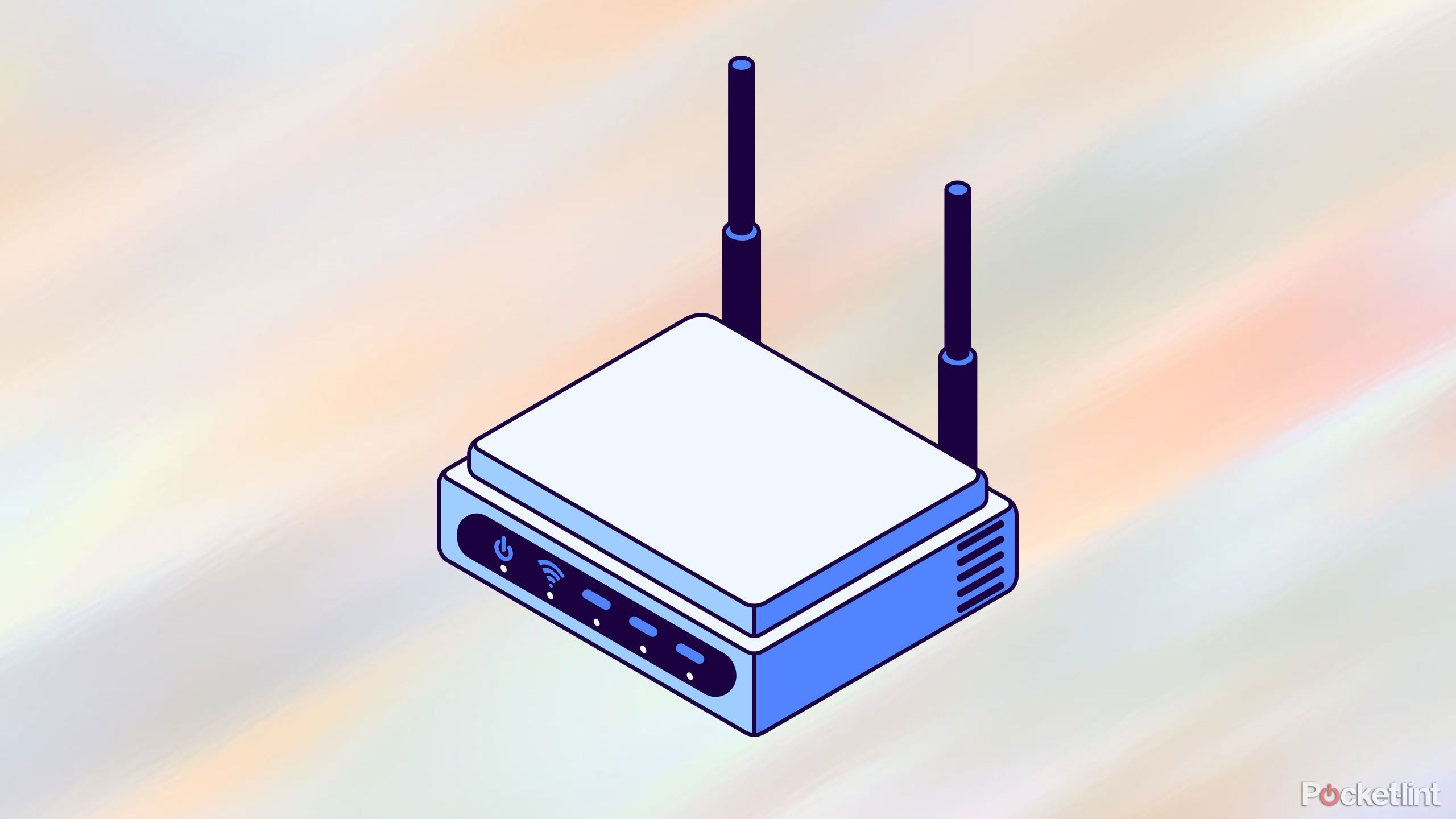
Related
4 router tricks I use to speed up my Wi-Fi for online gaming
Your gaming gear needs to be on a pedestal in your network.
Why Wi-Fi 8 isn’t a big deal
Promises, promises
Eero
Because Wi-Fi 8 is not only unavailable but unfinalized, it’s hard to say how it will perform in real-world conditions. Lab testing is carefully controlled, whereas we all know the chaos of a real home network. Devices encounter interference from numerous obstacles and radio sources, and when those aren’t at play, there’s the matter of compatibility. Typically, something like a phone or laptop doesn’t get the full benefits of a host network unless it supports the same Wi-Fi format. Wi-Fi 8 could be different — since it’s really geared toward changing router behavior — but we’ll have to see about that in 2028. If devices don’t need to match, you’ll probably still want as many devices as possible using Wi-Fi 7 or later.
Obviously, the biggest letdown at the moment is the expected performance ceiling. At its best, Wi-Fi 8 will only ever deliver something close(r) to the peak potential of Wi-Fi 7. That means that if you’ve gone all-in on a Wi-Fi 7 network and haven’t run into serious bottlenecks so far, there might not be much of leap when you upgrade. I’m betting there will be some degree of throughput improvement for everyone — but if that’s just 10%, say, you might not be happy about spending upwards of $350 on a new mesh system. More expensive mesh products can approach or exceed $1,000, such as Netgear Orbi bundles.
At its best, Wi-Fi 8 will only ever deliver something close(r) to the peak potential of Wi-Fi 7.
Speaking of which, people in single-router homes will never experience Wi-Fi 8’s full potential, because Co-BF and Co-SR will be irrelevant to them. I think many people should invest in a mesh system if they can afford it — but it’s fair that some people stick with the modem/router combination their internet service provider gave them, never mind scattering multiple routers around a house or apartment.
My general conclusion is that if you’ve got if you’ve got a Wi-Fi 5 or 6 system, you might as well upgrade to 7 today if you’re flush with cash and really need the extra bandwidth — which you probably don’t. There’s even less reason to contemplate Wi-Fi 8 if you’ve got a 6E or 7 setup, unless you already know that technical issues are hampering your connections. It might even be worth waiting for Wi-Fi 9, or whatever else the future holds in store.

You might also like
Everything you need to know about PEVs, or personal electric vehicles
You can use PEVs like e-bikes and scooters to explore, run errands, or speed up your commute.





